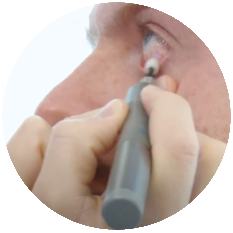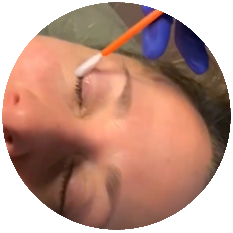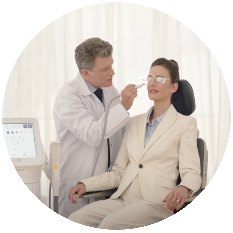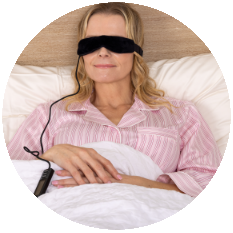Demodex
Symptoms, Diagnosis and Treatment
What Is Demodex Folliculorum?
Demodex infestation is one of the causes of blepharitis and meibomian gland disease.
Small numbers of demodex mites usually live in the base on the eyelash follicle, coming out at night to feed off dead skin cells and usually causing no harm. However, if numbers increase too much or they live in the meibomian glands, they can create problems.
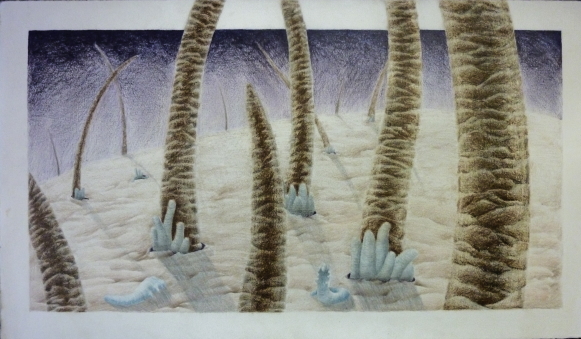
Eggs in the follicles can stretch them, leading to misdirected eyelashes. Deposits on the eyelashes leave them sticky or crusty and irritate the eyelids. These deposits also release toxins which trigger an inflammatory response
When they live in the meibomian glands, they cause meibomian gland disease. Oil glands in the lids can become blocked, causing dry and sore eyes.
Older people and those with rosacea tend to have greater numbers of demodex mites, making them more prone to blepharitis.
Demodex Symptoms
As well as the usual dry eye symptoms, signs of a demodex infestation include white flakes on your eyelashes, loss or misdirection of eyelashes, and recurrent eye or eyelid infections.
Demodex Diagnosis
Lashes with a significant demodex population tend to have a ‘cuff’ around the base of the eyelash, formed of deposits left by demodex. This cuffing can be viewed on a slit lamp.

Demodex Treatment
Demodex is typically treated by cleaning the eyelids and eyelashes with tea tree oil. If this is not effective, then oral antibiotic treatment can be given. However, IPL treatment has also been found to be effective.
Treatment is required for a relatively lengthy period, as it usually eradicates demodex, but not their eggs, so it has to be continued until the eggs hatch and the new mites can be targeted.




